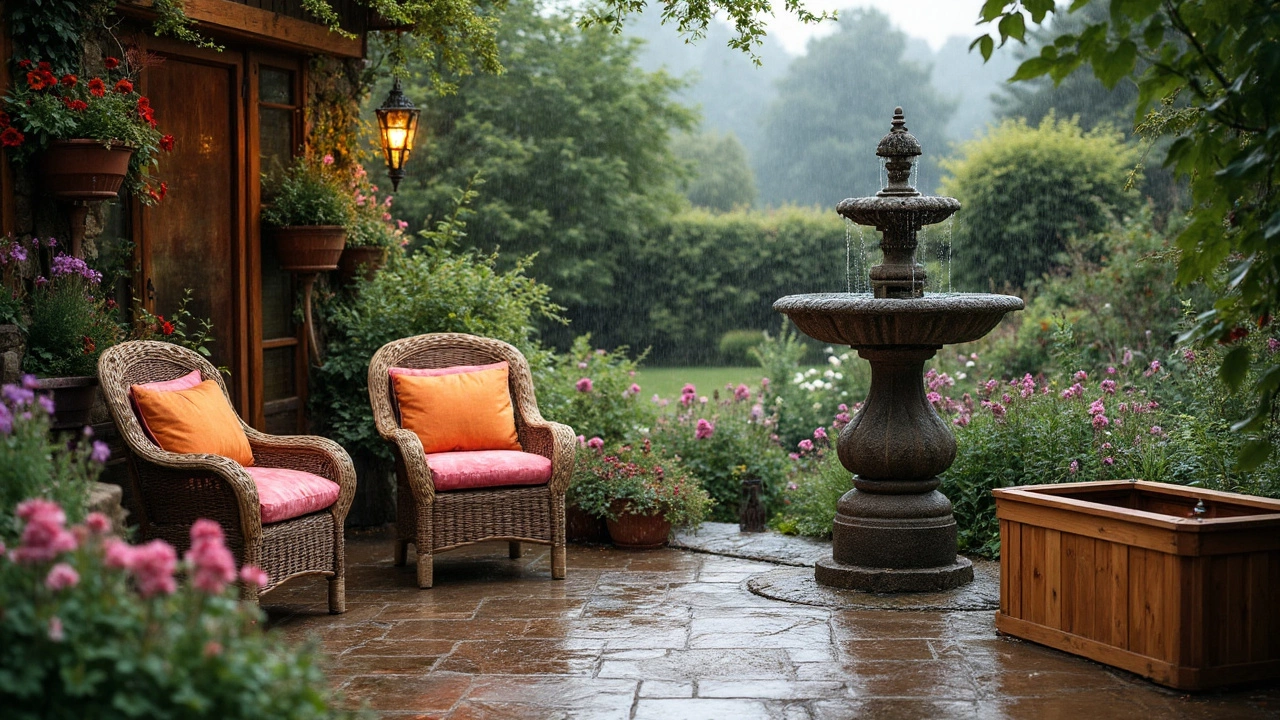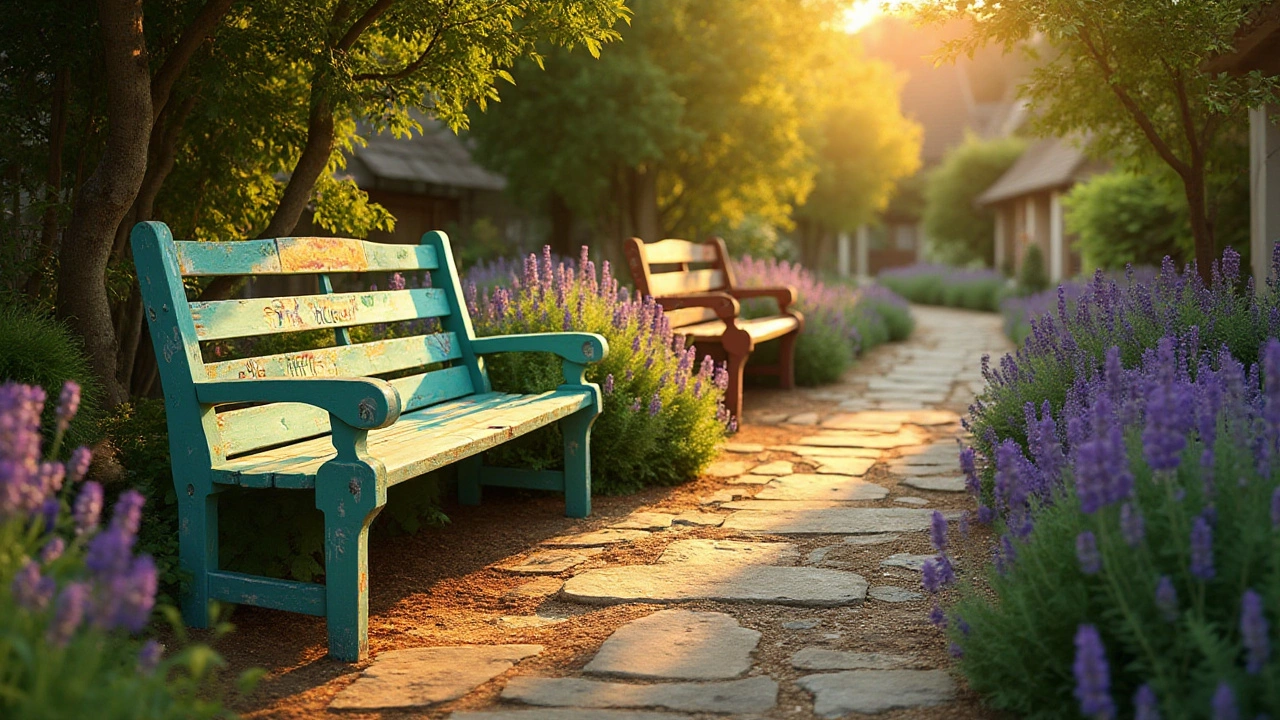Outdoor Furniture Care: Keep Your Patio Looking Fresh
If your patio furniture is turning dull or warped, you don’t need a pricey overhaul. A few everyday habits can stop wear and keep each piece looking like new. Below you’ll find straight‑forward steps that protect wood, metal, wicker, and textile furniture without a lot of fuss.
Cleaning Made Simple
Start with a gentle sweep. Use a soft brush or a hand‑held vacuum to remove leaves, dirt, and sand that sit on cushions and frames. For metal or aluminum pieces, mix warm water with a few drops of dish soap. Grab a non‑abrasive sponge and wipe down the surface, then rinse with a hose or a bucket of clean water. Wood and teak need a milder touch—mix one part white vinegar with three parts water, apply with a cloth, and wipe off any residue. Let everything dry completely before moving on; moisture trapped in seams can cause mold.
Cushions often collect mildew in the shade. Throw them into the washing machine on a gentle cycle with a mild detergent, then tumble dry on low heat. If the cushion cover isn’t removable, spray a solution of equal parts water and hydrogen peroxide, let it sit for ten minutes, then rinse with a garden hose. A quick once‑a‑month clean keeps smells and stains at bay.
Protecting Against the Elements
Sun, rain, and wind are the biggest enemies of outdoor pieces. A clear, water‑based sealant works wonders on wood; apply it once a year after a thorough clean. For metal or aluminum, a light coat of rust‑inhibiting spray prevents oxidation, especially in coastal areas where salty air speeds up corrosion.
Wicker and rattan love shade. When the weather forecast calls for rain, use a breathable cover that lets moisture escape without trapping it. Plastic sheets can trap humidity and lead to mildew, so choose canvas or specially designed patio covers. Store cushions in a dry spot underneath the awning or in a storage box when they’re not in use for long periods.
Seasonal care is a game‑changer. In autumn, give each piece a final wash, apply a protective oil to wooden chairs, and tuck them under a cover for winter. In spring, inspect for any damage that may have happened during the cold months, repair loose screws, and replace any cracked slats before the first sunny day.
These steps fit into a normal weekend routine and dramatically extend the life of your outdoor furniture. By cleaning regularly, sealing surfaces, and covering items when the weather turns, you’ll keep the patio inviting and ready for every gathering. No need for expensive replacements—just consistent, simple care.
Where to Stash Patio Cushions When It Rains
Wondering where to put your patio cushions when it rains? Keeping them dry is crucial to prolong their life. From waterproof storage solutions to handy tips on quick drying methods, you'll find everything you need to keep your outdoor cushions in top shape. Your garden furniture deserves care, and this guide will help you protect it effortlessly.
MoreBest Ways to Revamp Garden Furniture: Paint vs Stain
Revamping garden furniture can significantly transform the aesthetic of outdoor spaces. Choosing between painting and staining involves understanding the long-term effects, aesthetic preferences, and practical implications. Each option offers unique benefits, from enhancing the natural wood grain to providing a colorful touch. This article explores the pros and cons of painting versus staining to help you decide which method best suits your garden enhancements. Discover practical tips and interesting facts to make the best choice for your outdoor haven.
More

